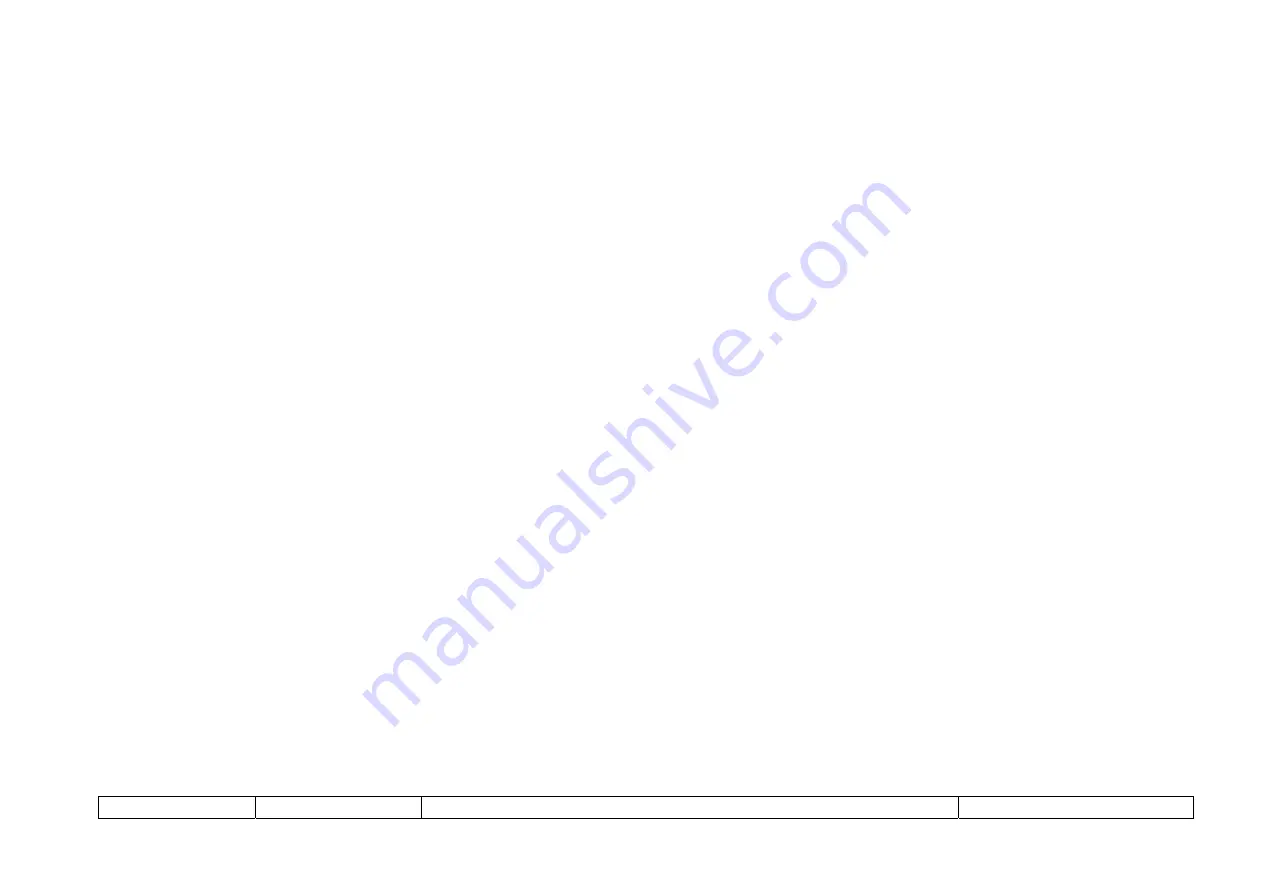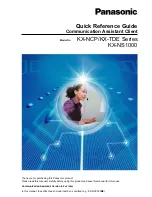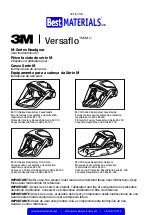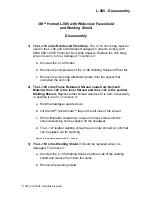
Page 14 of 15
503158 ISSUE 3
EDCR21694
4 KEY
FEATURES
4.1.1 Laser Head Filter
The laser filter can be set to improve signal stability via the Orbit Network.
Available Settings: 20 kHz, 4 kHz, 1 kHz, 200 Hz, 25 Hz, 1 Hz and 0.1 Hz
Note that on certain targets, particularly dark targets, setting the filter to 4 kHz or lower may improve performance as the CMOS
integration time is increased at settings of 4 kHz or lower.
When a filter other than 20 kHz is chosen, the effective sampling rate of the head will be reduced from 40 kHz to 20 kHz. This will permit a
longer integration time on the CMOS sensor, which can be useful on absorbing (dark) targets.
Important: Factory Default = 4 kHz.
4.1.2 Level Cut Time
Level Cut Time is used to modify the operation of the Laser head when the received laser intensity is below the dark cut value (~10%) or
above the bright cut value (~75%).
When level cut time is defined, instead of outputting the maximum / minimum displacement value (125% of head range), the Laser head
will continue to output the value measured before the intensity went out of range.
After the cut time expires, the maximum / minimum displacement value will be output.
This function is generally used to handle situations when the target has known features that would cause the head to move to a saturated
value.
An example of this is a plastic plate that has holes drilled in it. When the laser beam moves into the holes, the value will go out of range.
Using the cut time feature, the value before the laser went into the hole will be held.
The unit is 0.1 msec. The minimum value is 0 msec. The maximum cut time is 1000.0 msec.
Factory Default = No cut time.

































